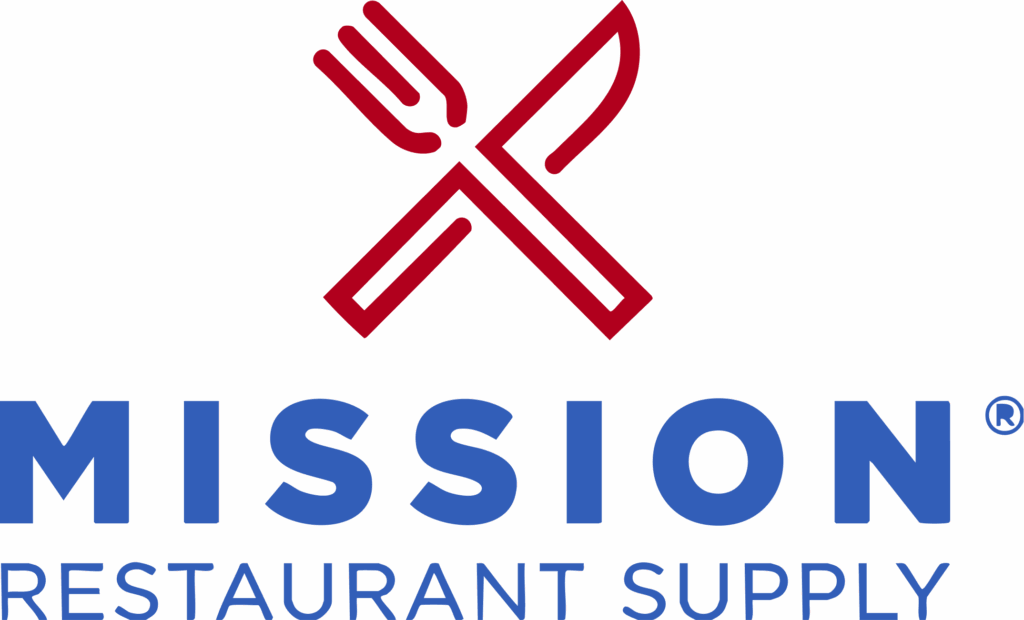In schools, the cafeteria is more than a place to eat; it’s where students recharge, connect, and prepare for the rest of their day. A well-designed commercial kitchen makes that possible. It ensures staff can prepare and serve efficiently, food stays safe, and every tray that passes through the line supports learning as much as lunch.
What Makes School Kitchens Unique?
Designing kitchens for schools means balancing efficiency, safety, and scale. Unlike restaurants or hospitality venues, these spaces face distinct challenges:
- High Volume, Limited Time: Hundreds of meals often need to be served in a short window, sometimes less than two hours. Layouts must keep traffic flowing, especially through serving lines and dish returns.
- Durability Above All: With daily use, equipment must withstand heavy wear and tear while maintaining sanitation and efficiency.
- Safety First: Staff and sometimes volunteers need easy-to-use equipment and safe workflows, especially when young students are nearby.
- Storage Smarts: Schools handle bulk deliveries and large prep quantities, so cold, dry, and staging storage must be maximized.
- Regulation Ready: Health and fire codes, ADA requirements, and school district guidelines must be integrated into the design from the very beginning.
The Role of Planning
School foodservice programs succeed when the design process is intentional and collaborative. This means bringing together foodservice directors, facility managers, architects, and district leaders early on to align goals.
Questions to ask during planning include:
- How many students need to be served per meal period?
- What are the current pain points in your serving line or dishwashing area?
- How can equipment selection save energy while meeting budget requirements?
- Will the space need to flex for breakfast-in-the-classroom programs, grab-and-go stations, or catering events?
The answers help determine not just the right layout, but the right equipment and workflow to keep meals moving smoothly.
From Cafeterias to Campus Dining
K–12 schools, private academies, and universities all have different needs, but the fundamentals remain the same: kitchens must be built for efficiency, safety, and longevity. In higher education, flexibility for multiple concepts or student preferences may be just as important as throughput. In elementary schools, line flow and portioning speed can make or break lunch service.
The most successful school kitchens are those that match their design to their students, staff, and service style without overcomplicating the process.
Why This Matters
Every meal served in a school is an investment in a student’s well-being and focus. When the kitchen works well, it reduces stress for staff, eliminates bottlenecks, and supports healthier, happier learning environments.
Bringing It All Together
At the end of the day, designing a school kitchen is about more than equipment. It’s about creating a space that supports students and the staff who serve them. That’s why Mission Restaurant Supply partners with schools and universities across Texas and beyond helping them plan smarter, install efficiently, and build kitchens that last.Ready to start planning your school’s kitchen upgrade? Contact our team today to get started.
